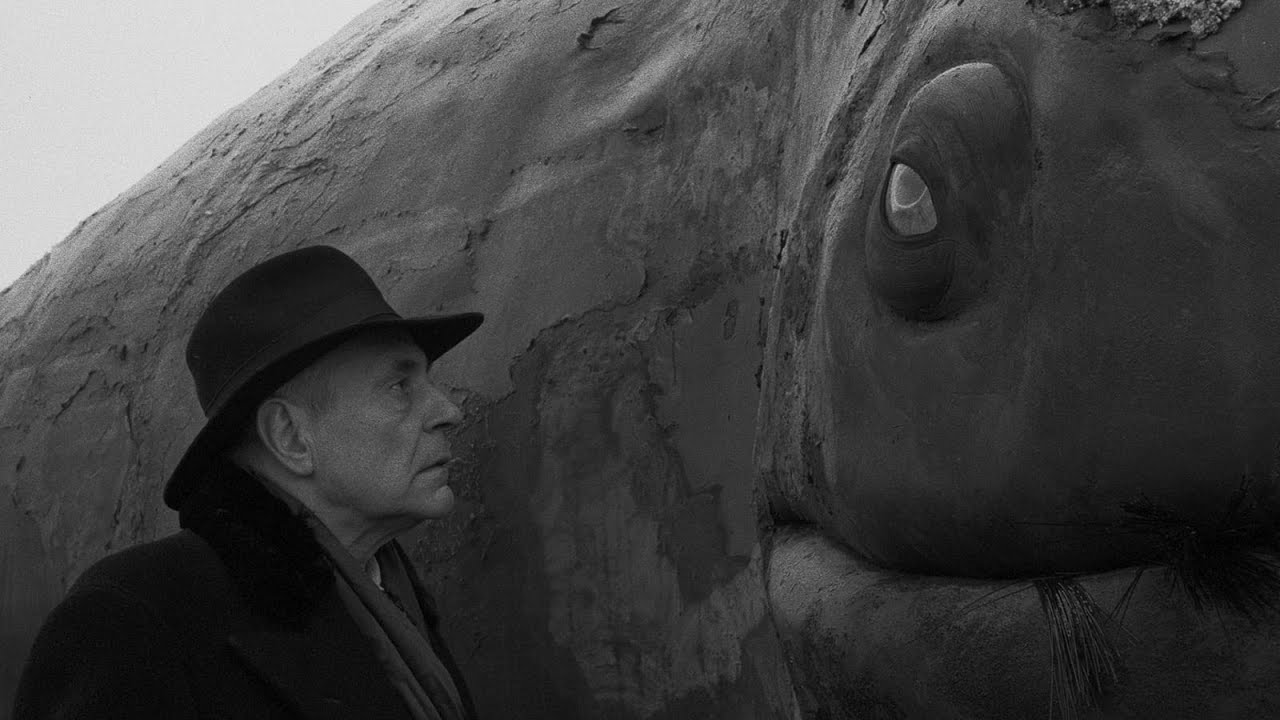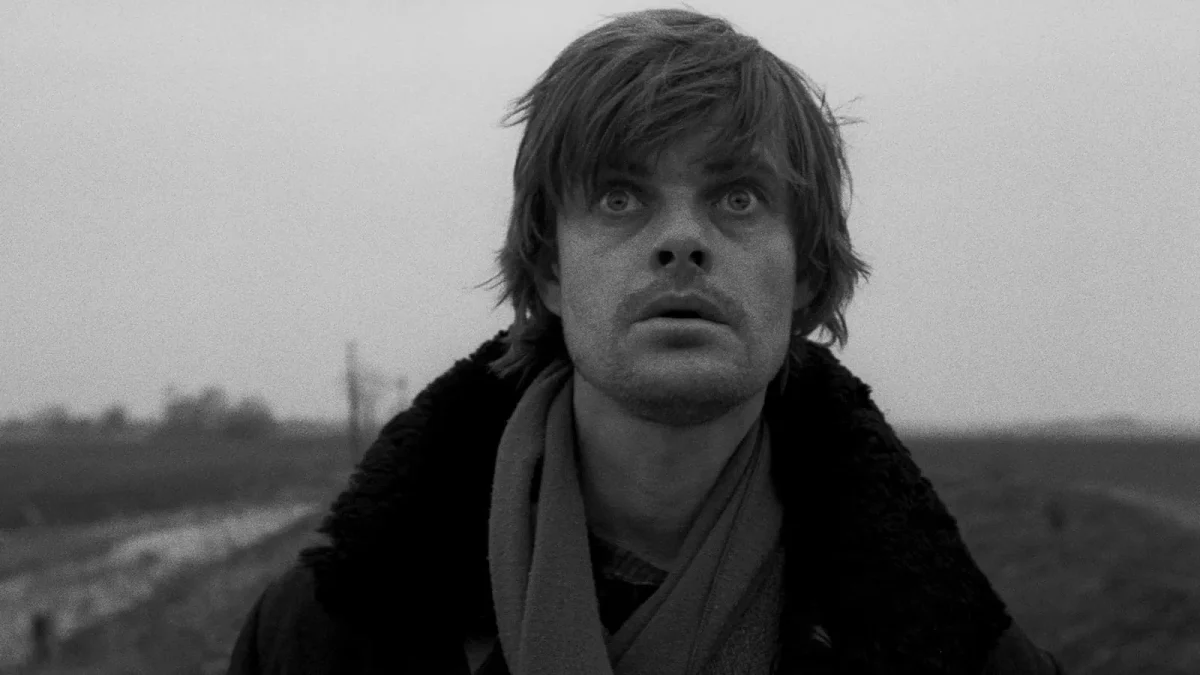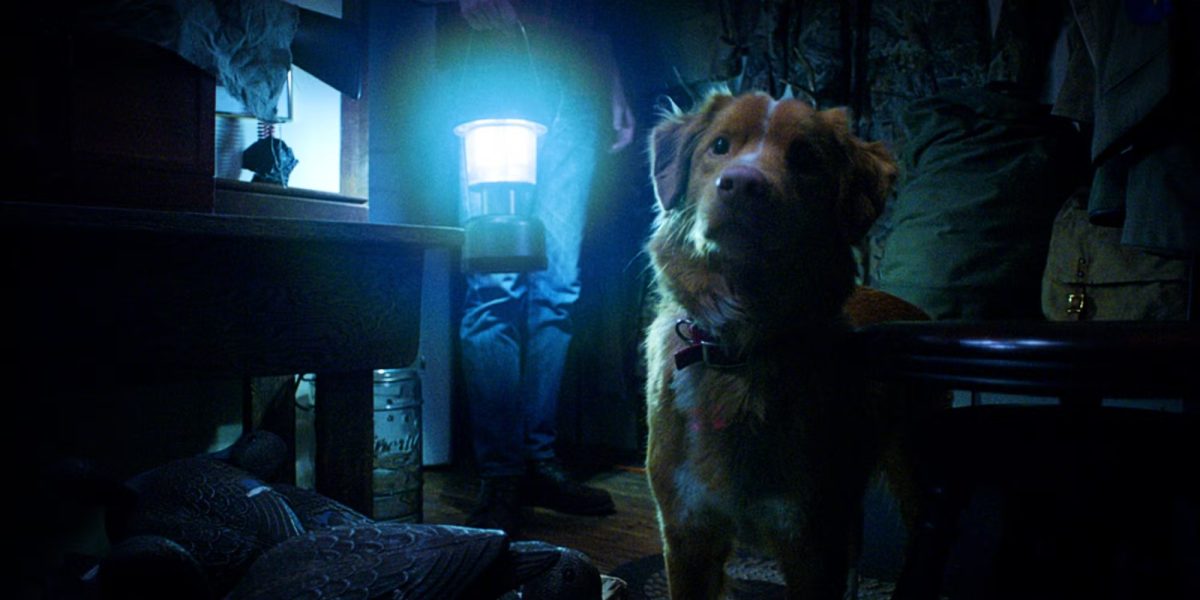Bella Tar (Werckmeister Harmonies) (original title: “Werckmeister hargóniák”, 2000) is a painful exploration of the system’s appetite and the attractiveness of chaos, which is presented through an uncomfortable cinematic language that exceeds narrative expectations. I recently watched this movie and ended up watching it twice within the weekend. It was released in 2000 and based on the novel “The Melancholy of Resistance”, written by László Krasznahorkai, which is one of the most excessive and rich philosophical contributions in global cinema. Film filming appears as the real film’s miracle. The vision of Tar is unabated, and his execution is accurate, and the pictures are separated with the patience of the candle that slowly burns. The world that he builds is a hypnotic in its immersion, so that when the chaos finally erupts, it explodes with the sudden force of the Champagne cork explodes.
In essence, “Werckmeister Harmonies” is not related to a conspiracy of any traditional meaning. János Valuska follows, the character of Rutik drifting through a dark Hungarian town with the start of the strange forces in rapprochement. The mobile circus arrives, bringing with him mysterious appeal, a giant, analyzed whale, and a mysterious personality known only as “the prince.” What begins as a dreamy -like surrender to a small life that skillfully turns into a study on social collapse, madness, and violent disturbances. The film consists of only thirty -nine rounds through its operation time for 145 minutes, and this structural decision is very important to understand the Tar approach.
Instead of cutting quickly between the corners or building the sequences through montage, Tarr allows the camera to move with graceful patience, wandering in the viewer as if he was watching like a ghost. This takes control of the film, as many of them were implemented with clips that follow a series that follows the characters through the streets full of fog and dilapidated interior. Each shot is a complete unit of cinematic experience, allowing time to expand and breathe. This rejection of fast editing forces the viewer to a slower and more contemplative rhythm, reflecting the world’s dark indifference on the screen.
Farid Killen cinematic filming – it cannot be filmed from the same movie, along with its haunting degrees. Each frame was photographed in a blatant black and white, each frame becomes a painting: the shadows are deeply drowned, and it spreads in the interfaces of collapse, exhausting faces, and the streets transferred forever in fog. The decay is satisfied with the images, as if the city itself was rotting from the inside – erosion is not just a stone and mortar shells but a soul. The visual disintegration reflects the slow -ending collapse of society in its essence.
What Tar achieves through this cinematic language is a feeling of increased reality. It is not surreal, exactly, but a kind of depression that provokes a world suspended in stagnation, waiting for an indescribable thing to explode. This explosion comes in the form of chaos, ignited from the arrival of the invisible circus and the prince, whose presence appears to be merely stimulating a type of mass hysteria. The town’s residents, who already swing on the edge, begins with the blow of conspiracies and revolution. Ultimately, this waste explodes in a violent scene. The mob invads the hospital in a terrifying sequence that is presented slowly and terrible. It is evidence of how to erase the line between the system and the chaos in one gesture.


Also read: 20 Best black and white films in the twenty -first century
However, Tarr does not provide easy explanations. We are supposed to witness. To think. The prince, despite its effect, never appears on the screen. The whale, a wonderful and wonderful corpse, is dragged throughout the city, such as the remains of a collapsed civilization. Both become a symbol in the movie, not for anything tangible, but from existential awe, to the way the scene can incite and deal with human behavior.
The strength of the film lies in mystery. What wanders in the city is not a revolution but a solution, a slow break rather than an invitation to the weapon. The mobs are not committed to seeing but rather fear, as it overcomes the poisoning of destruction. Tar seems to whisper that civilization is only a thin shell that extends over something raw and primitive – a campaign to destroy everything, not in seeking to achieve renewal but from a well of despair. He refuses to teach this motivation, and instead, he picks it up with the same cold look that follows a single man crossing a frozen square or a tired crowd drifting to darkness.
János, as a central movie character, is involved and external. He seeks to understand in a cosmic harmony that hints it in the orbits of the planets. The film opens with one of the most charming cinema sequence: János directs a drunken crowd to re -legislate but dated solar eclipse. In this strange dance, it appears to reach evidence of the cosmic system – and he is trying to persuade them, and perhaps itself, that the universe still carries the meaning. It is a fragile, sad vision, a glimmer of final hope before the outbreak of the storm.
But peace is impossible in a world that no longer believes in it. The same title refers to Andreas and Wrtercyster, a seventeenth -century music viewer who tried to rationalize the musical standards to the athletic perfection, and it is an attempt to impose an order on the repulsion of sound. Tarr is wondering whether this harmony can be investigated in human society, or whether the same structures that we build to maintain the system inevitably give way to the chaos they are trying to contain.
“Werckmeister Harmonies” does not provide any clear solution. The whale still exists, a great reminder of death and wonder, and János retreats to silence. The city is still surrounded by fog, and the future is uncertain. In some way, the movie ends as it started, with a feeling of suspended time. But something has changed. The atmosphere is heavier. Hope, if exist at all, may suffocate. “Werckmeister Harmonies” is not a movie for that speed or scene. He asks for patience, and in return, he reveals a deep contemplation of a society on the verge of collapse. Its implementation carries the annoying foggy texture of a dream.


